Have you been trying to get outdoors and spend more time in nature lately? It seems people are increasingly wanting to connect with the outdoors but I think it’s important to look at the longer term picture. How can you make sure that spending time in the outdoors becomes an ongoing habit and not just a passing phase as you react to COVID-19 restrictions? For some of us getting out into nature is a new habit we want to create, for others it’s more about changing the outdoors routine we previously had to fit with our changing world.
The benefits of connecting with nature are infinite – mental, physical, spiritual, social, environmental. If you believe in these benefits, then you’re more likely to invest time and energy into getting outside, and it will become your priority. You’ll need to get your mindset and your body working together to create a few healthy daily habits that will become part of your routine.
In this blog post I’m sharing some practical and proven strategies that you can use to get your mind and body working together for your own health and happiness.
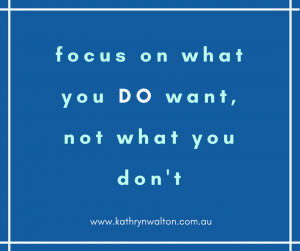
Get your mind and body working together!
When it comes to habits, clearly some habits are more helpful and others are less helpful to living a healthy, fulfilled life. We know that nature has many benefits but like all ‘healthy’ things, creating the habit of getting outside daily is easier said than done. If going outside seems like a punishment, then you’re probably not going to be terribly excited about it. But if you have a deep belief that investing time and energy in the outdoors has great rewards (such as freedom, a sense of calm, or fun) then you’re halfway there already! This mindset shift can go a long way to making it a priority in your day and creating the new habit.
If time is an issue for you, or even if it isn’t, spending time outdoors can be combined with other activities such as meetings, exercising, studying and socialising.
You can’t rely solely on a great mindset though. You’ll need to take action too. Creating new habits requires a combined effort from your mind and your body. New habits can take a lot of work at first because it’s easier for your brain to keep doing the same old thing rather than changing. But it’s important to stick at it because habits take time.
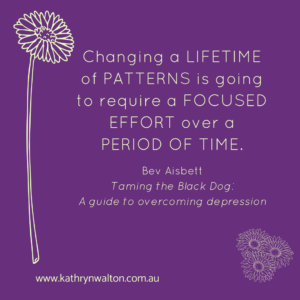
Practical strategies to get outdoors
So, how can you get your mind and body working together on your new habit of spending time outdoors? Here are some practical suggestions:
- Gather a tribe of people around you who already have an established routine of getting outside. You might find your tribe amongst your existing friends or networks, otherwise you can join a club or an online group who enjoy the same sorts of activities as you. The Outdoors is my Therapy Facebook Group inspires its members to spend time outdoors each day.
- Spend time outdoors doing what you enjoy, and then find ways to do that more often or in new places.
- Make your habit of spending time outdoors easy and do-able. Minimise the impact of the obstacles so that it’s harder NOT to do it! Get yourself organised ahead of time and don’t over-complicate it. You can ask yourself “If it was simple to get out there, how would it look? What would I be doing?”
- Be creative and flexible. If you can’t find a way to spend time outdoors, find a way to bring nature inside.
- Use logic and reason. Read up on the research that tells you all about the benefits of spending time in nature and the effects of Nature Deficit Disorder.
- Give it time. Habits take time to develop so don’t give up if it doesn’t work out straight away. As challenges arise you can adjust, modify or adapt your plans. You can also ask for help and creatively problem-solve the difficulties.
- Focus on what’s important to you about spending time outdoors. Is it fun, health, socialising, freedom or something else?
- What’s your self-talk like? What do you believe about nature, exercise, spending time outside, relaxing, being active and being still? What are you telling yourself about your own worth and how you “should” spend your time and energy? How is that affecting your actions?
- There is a lot of research and many popular books about creating and keeping habits. There’s no one ‘right’ way. You’ll need to experiment with strategies like those listed here to find what works for you.
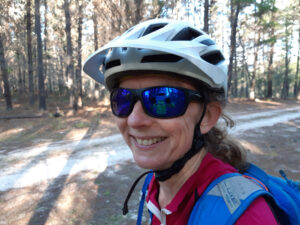
What’s your story?
Do you have a story about how you’ve successfully developed a regular habit of spending time outdoors? I’d love to hear from you and feature some of your stories in future blogs and podcast episodes to help others in the same situation get past the obstacles that get in the way.
Till next time, enjoy your outdoor adventures!
Discovering mountain biking as life’s ultimate parallel universe in her middle age,  Kathryn Walton shares information and reflections in Daisy Spoke that connect, inspire and self-empower women to make healthy choices for themselves.
Kathryn Walton shares information and reflections in Daisy Spoke that connect, inspire and self-empower women to make healthy choices for themselves.


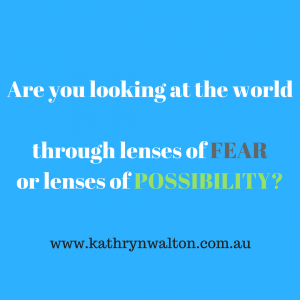
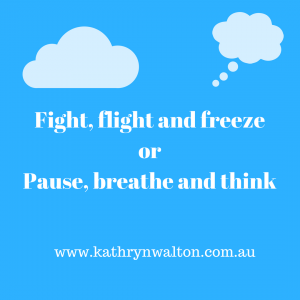
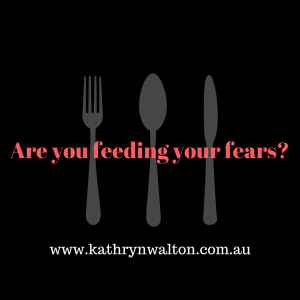

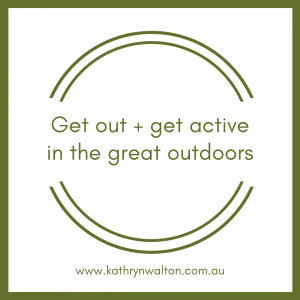
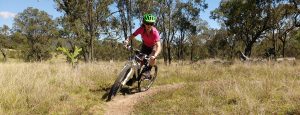
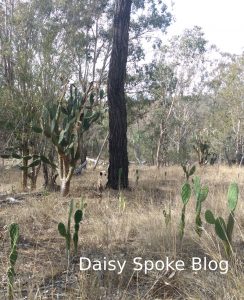 also gradually taken place –
also gradually taken place –  Uncovering how best to manage this pest has
Uncovering how best to manage this pest has 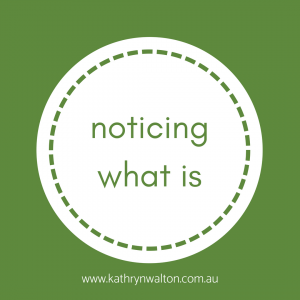
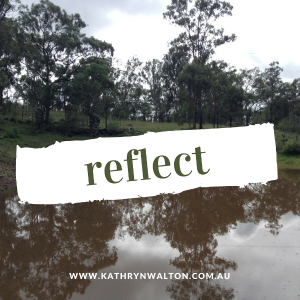
 And so as I
And so as I 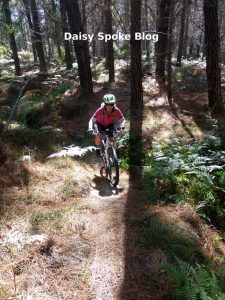 was missing it.
was missing it. 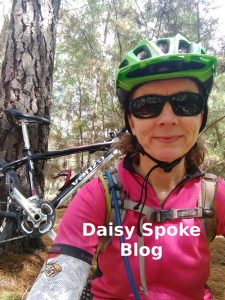 I’ve been practising and teaching this technique for a lot of years, and yet still I sometimes forget to do it when the moment arises. The thing is that on Sunday morning I DID NOTICE those fearful thoughts bouncing round my head. And guess what?
I’ve been practising and teaching this technique for a lot of years, and yet still I sometimes forget to do it when the moment arises. The thing is that on Sunday morning I DID NOTICE those fearful thoughts bouncing round my head. And guess what? 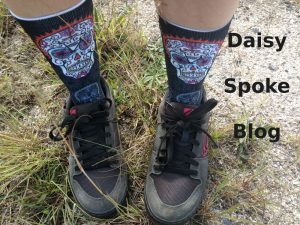 of short hills engaging my quads in an exertion that a couple of years ago would have been painful (if not impossible)! I pedalled in a higher gear than normal and found it easier than expected.
of short hills engaging my quads in an exertion that a couple of years ago would have been painful (if not impossible)! I pedalled in a higher gear than normal and found it easier than expected. 
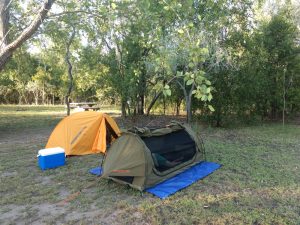 before we even set up camp we had a short walk around the area. A sudden loud rustle in the bushes next to us startled me. Turning around and expecting to see a wallaby, my daughter tells me I wouldn’t want to know what made that noise. On further enquiry she tells me it was a rather large snake, and I began to seriously wonder about moving our campsite further away from said snake.
before we even set up camp we had a short walk around the area. A sudden loud rustle in the bushes next to us startled me. Turning around and expecting to see a wallaby, my daughter tells me I wouldn’t want to know what made that noise. On further enquiry she tells me it was a rather large snake, and I began to seriously wonder about moving our campsite further away from said snake.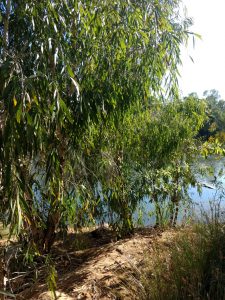 My uneasiness only increased as the evening rolled on and in particular when we came face to face with another snake only a few metres from our tents. Still, I wandered why the uneasiness was there in the first place. Was I sensing a spiritual presence? Was it simply that everything seemed strange and unfamiliar? Or perhaps the absence of other humans? Was I simply tired and misreading my intuition? Was it FEAR welling up and testing my inner strength?
My uneasiness only increased as the evening rolled on and in particular when we came face to face with another snake only a few metres from our tents. Still, I wandered why the uneasiness was there in the first place. Was I sensing a spiritual presence? Was it simply that everything seemed strange and unfamiliar? Or perhaps the absence of other humans? Was I simply tired and misreading my intuition? Was it FEAR welling up and testing my inner strength?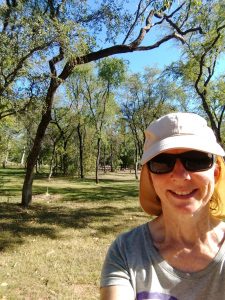 And so I survived. In fact I thrived and had possibly the best sleep so far on my April Adventure. I awoke before dawn, spent a couple of hours silently meditating, embracing my surroundings and feeling entirely captivated by what seemed so haunting and difficult the day before. I feel an immense sense of satisfaction that I didn’t allow my anxiety to rule and limit me. I chose to respect it but also to stand up to it. In doing so I’ve come to know an amazing spiritual aspect of this sacred land which I may not ever understand, but I can accept it and embrace it. And when I do that, I also accept and embrace myself.
And so I survived. In fact I thrived and had possibly the best sleep so far on my April Adventure. I awoke before dawn, spent a couple of hours silently meditating, embracing my surroundings and feeling entirely captivated by what seemed so haunting and difficult the day before. I feel an immense sense of satisfaction that I didn’t allow my anxiety to rule and limit me. I chose to respect it but also to stand up to it. In doing so I’ve come to know an amazing spiritual aspect of this sacred land which I may not ever understand, but I can accept it and embrace it. And when I do that, I also accept and embrace myself.